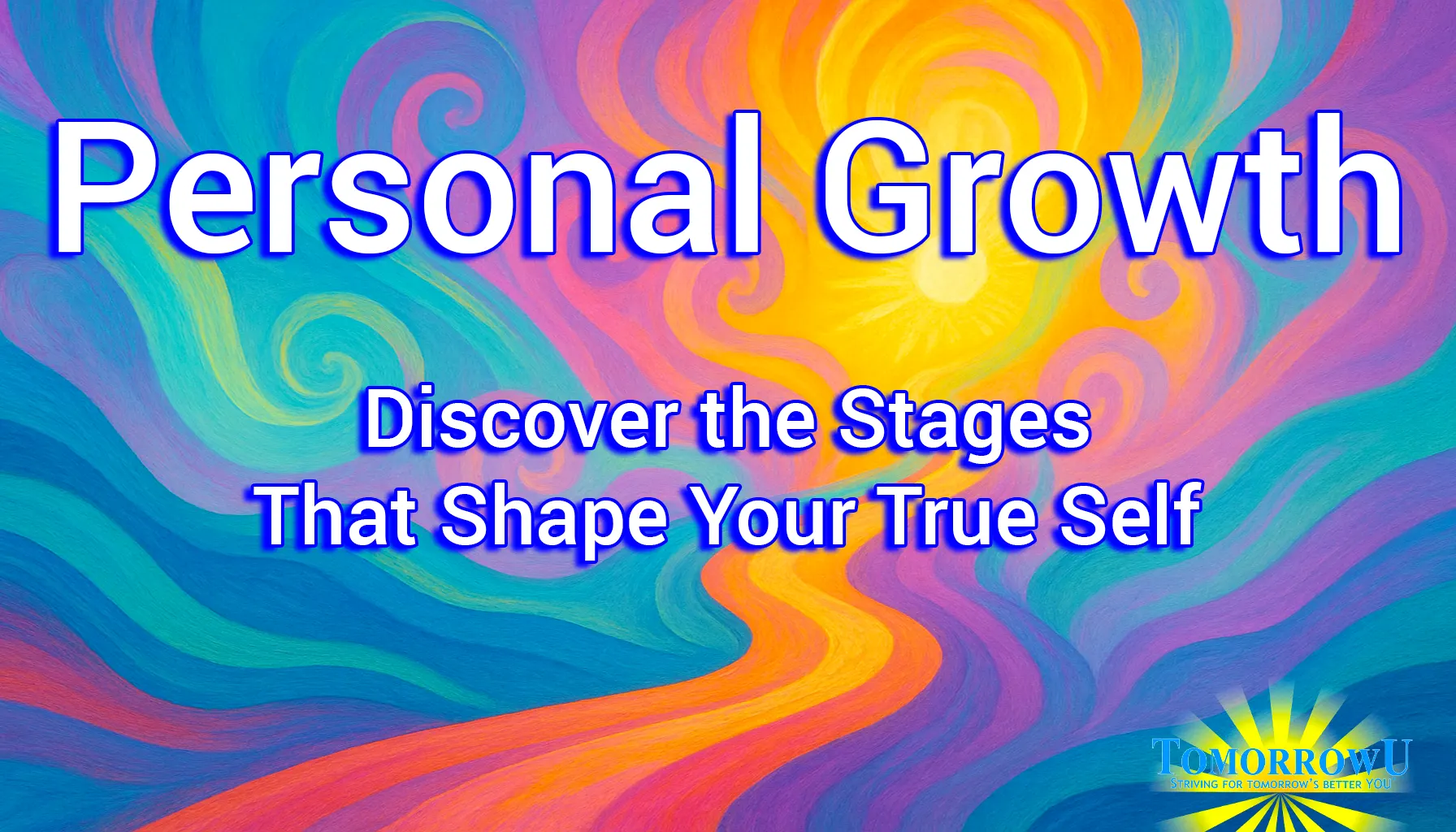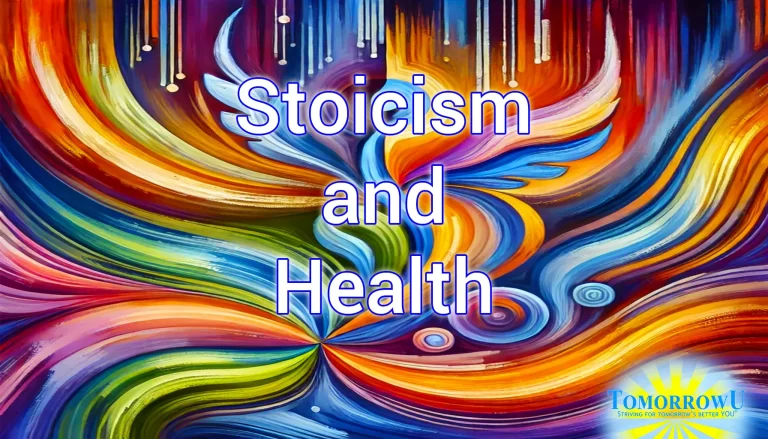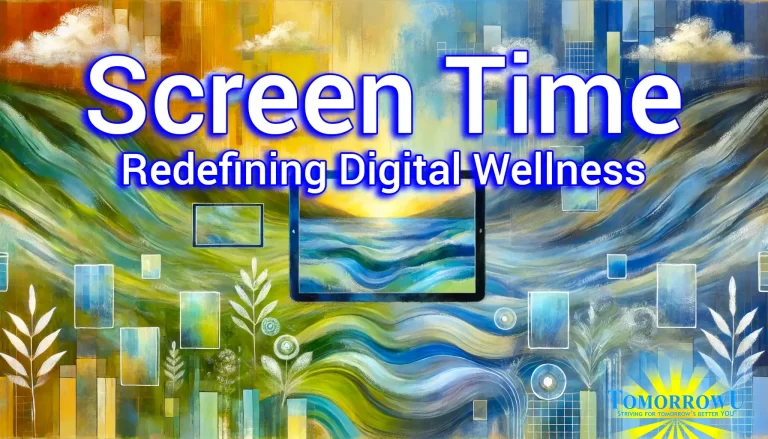Personal growth is a lifelong journey of becoming more aware, compassionate, and aligned with your deepest values. It’s not a race to a finish line or a straight path but a winding, heartfelt process of self-discovery, challenge, and transformation. The stages of personal growth offer a gentle framework to navigate this journey with intention, helping you return to your inner wisdom and become your most authentic self. In this guide, we explore each stage, share practical tools rooted in research, address common obstacles, and invite you to honor your unique path. Let’s dive into the stages of personal growth and discover how they lead to a more empowered, whole you.
Self-Awareness: The Starting Point of Change
The first of the stages of personal growth is self-awareness—a quiet awakening where you begin questioning who you are, what drives you, and what feels out of alignment. It often starts with a whisper of discomfort: a relationship that drains you, a job that feels hollow, or a subtle sense that something’s off. This unease is not a flaw but a gentle nudge from your inner self, signaling the need for reflection.
Start with a daily journaling practice using prompts like, “What moments today felt most aligned with who I am?” or “Where did I feel most drained?” Research by Pennebaker (1997) shows that 15 minutes of reflective writing daily can boost self-awareness by 20%, helping you uncover emotional and behavioral patterns. Another helpful tool is a ‘Wheel of Life’ reflection—where you rate satisfaction in key life areas like career, relationships, health, and creativity. You can sketch this yourself or find printable versions online. It offers a clear visual snapshot of what may be in or out of balance. Conversations with trusted friends or a therapist can also reveal blind spots. This stage invites you to become a compassionate observer of your life, laying the groundwork for growth.
Obstacle: Fear of facing uncomfortable truths can stall self-awareness. Start small—reflect on one area of your life (e.g., work) with curiosity, not judgment. Acknowledge discomfort as a sign of growth, not failure.
Gentle Prompt: Spend 5 minutes reflecting on a moment when you felt truly yourself. What does this tell you about your deepest needs?
Emotional Maturity: Navigating the Inner World
As self-awareness deepens, you enter the stage of emotional maturity, learning to sit with feelings without being swept away. This phase is about recognizing triggers—like criticism sparking anger—and choosing responses over reactions. Daniel Goleman’s emotional intelligence framework (1995) highlights self-regulation and empathy as keys to inner peace and stronger relationships.
Try mindful practices like deep breathing or Sitali (Cooling Breath), where you inhale through a curled tongue or pursed lips to calm your nervous system. Naming emotions aloud—“I feel frustrated”—can reduce their intensity, as neuroscience research shows (Lieberman et al., 2007). Cognitive reframing is another tool: if you feel rejected, ask, “Could this reflect their stress rather than my worth?” These practices honor emotions without letting them control you, fostering compassion for yourself and others.
Obstacle: Intense emotions can feel overwhelming. Practice grounding by naming five things you see, hear, or feel to recenter before reflecting. A brief body scan—focusing on physical sensations—can also restore calm.
Gentle Prompt: Next time an emotion arises, ask, “What is this trying to show me?” Write your response with honesty and kindness.
Clarifying Core Values and Purpose
With emotional clarity, you seek deeper meaning in the stages of personal growth. This phase centers on identifying your core values—principles like connection, creativity, or integrity that guide your decisions. Living out of alignment with these values leads to burnout, while alignment brings energy and purpose.
Try this values exercise: List 10 meaningful moments from your life (e.g., helping a friend, creating something new). Group them into themes (e.g., community, innovation) and narrow them to your top three values. Reflect on past decisions—when did you feel fulfilled or drained? Misalignment often shows up as exhaustion from chasing external validation. Self-determination theory (Deci & Ryan, 1985) confirms that aligning with intrinsic values boosts motivation and well-being. Your values become a personal compass, guiding you toward clarity.
Obstacle: Societal expectations can drown out your inner voice. Spend time in quiet reflection, meditation, or nature to reconnect with what truly matters to you.
Gentle Prompt: When did I last feel fully alive? What values were present in that moment?
Courageous Change and Letting Go
With clear values, you face the courageous change stage—one of the most transformative stages of personal growth. This phase requires releasing what no longer serves you: toxic relationships, outdated beliefs, or habits like procrastination. Letting go isn’t about recklessness but choosing alignment over comfort.
Start small to build momentum. If a relationship drains you, set boundaries like limiting contact or saying no to non-essential requests. Journaling about your fears and desired outcomes can clarify your path. For example, write, “What scares me about letting go? What could open up if I do?” Abraham Maslow’s hierarchy of needs suggests that growth requires moving beyond safety to pursue self-actualization. This stage creates space for possibilities aligned with your values.
Obstacle: Fear of uncertainty can paralyze action. Visualize the peace or energy that change could bring, and practice small releases, like decluttering a drawer, to build courage.
Gentle Prompt: What am I holding onto that I’ve outgrown? What’s one small, kind step I can take toward release?
Intentional Living and Boundaries
Once you clear space, intentional living emerges. This stage of the stages of personal growth is about crafting a life that reflects your values through mindful choices. You set schedules, manage energy, and build habits—like a morning walk, screen-free evenings, or weekly connection with loved ones—that honor your priorities.
Boundaries protect this intentional space. For example, a “no work emails after 7 PM” rule preserves mental energy. Try an assertive script: “I value our connection, but I need to prioritize my time. Can we find another way to connect?” Research shows that consistent small actions, practiced for about 66 days, solidify new habits (Lally et al., 2009). Intentional living makes growth sustainable by weaving your values into daily life.
Obstacle: Guilt about boundaries can undermine progress. Reframe them as acts of self-respect, and practice small, firm refusals to build confidence.
Gentle Prompt: What’s one habit I can gently introduce this week to support the life I want to build?
Self-Trust and Confidence
With consistent, aligned actions, self-trust blooms in the next of the stages of personal growth. You second-guess less and trust your instincts more. This confidence is quiet, rooted in integrity—when your choices reflect your values.
Strengthen self-trust by reflecting on small successes, like keeping a promise to yourself or navigating a tough conversation. Bandura’s self-efficacy theory (1977) shows that belief in your abilities grows through such experiences, boosting resilience. This stage empowers you to face challenges with a steady inner compass.
Obstacle: Self-doubt can linger. Keep a “wins” journal to track daily achievements, reminding yourself that mistakes are part of growth, not failure.
Gentle Prompt: What’s one decision I made recently that I feel proud of? What does it teach me about my inner strength?
Integration and Wholeness
The final stage, integration, is about embracing your journey with compassion. You see how every stage—even the painful ones—has shaped your resilience and purpose. Integration means holding your past with kindness, your present with clarity, and your future with hope.
This stage feels like coming home to yourself. You live authentically, not as a “fixed” version but as a whole, evolving person. Carl Rogers (1961) wrote, “The curious paradox is that when I accept myself just as I am, then I can change.” Integration is the heart of the stages of personal growth, where you embody your values with grace.
Obstacle: Perfectionism can block integration. Practice self-compassion by celebrating progress and accepting that growth is ongoing.
Gentle Prompt: How has a past challenge shaped the values I live by today?
Frequently Asked Questions (FAQ)
- How long does each stage take?
The stages of personal growth vary in duration, depending on life circumstances and effort. Self-awareness might unfold quickly with reflection, while courageous change could take months or years. Progress is cyclical—you may revisit stages as you evolve. - Can I skip a stage?
Each stage builds on the previous one, so skipping is unlikely. However, prior self-work can speed up certain stages. For example, strong self-awareness eases emotional maturity. Trust your current stage for steady progress. - What if I feel stuck?
Feeling stuck often signals fear or misalignment. Revisit earlier stages (e.g., clarify values) or seek support from a coach or therapist. Small actions, like daily journaling, can reignite momentum. - How do I know I’m growing?
Look for signs like greater self-awareness, emotional resilience, or alignment with your values. Notice moments of clarity or peace, even in small decisions, as markers of progress.
Wellness Wrap-Up
The stages of personal growth are not a checklist but a way of living with curiosity, courage, and compassion. Each stage offers unique gifts and challenges, and there’s no rush to move through them. Wherever you are—whether exploring self-awareness or embracing integration—you’re on a valid path toward a more authentic life. Gently return to yourself, trust the stage you’re in, and let each step guide you closer to your truest self. Keep striving for tomorrow’s better YOU!
References
- Bandura, A. (1977). Self-efficacy: Toward a unifying theory of behavioral change. Psychological Review, 84(2), 191–215. https://psycnet.apa.org/record/1977-25733-001
- Deci, E. L., & Ryan, R. M. (1985). Intrinsic motivation and self-determination in human behavior. Springer Science & Business Media. Available on Amazon
- Goleman, D. (1995). Emotional Intelligence. Bantam Books. Available on Amazon
- Lally, P., van Jaarsveld, C. H., Potts, H. W., & Wardle, J. (2009). How are habits formed: Modelling habit formation in the real world. European Journal of Social Psychology, 40(6), 998–1009. https://onlinelibrary.wiley.com/doi/10.1002/ejsp.674
- Lieberman, M. D., et al. (2007). Putting feelings into words: Affect labeling disrupts amygdala activity in response to affective stimuli. Psychological Science, 18(5), 421–428. https://pubmed.ncbi.nlm.nih.gov/17576282/
- Pennebaker, J. W. (1997). Opening up: The healing power of expressing emotions. Guilford Press. Available on Amazon
- Rogers, C. (1961). On becoming a person: A therapist’s view of psychotherapy. Houghton Mifflin. Available on Amazon
Note: Always consult with a healthcare professional before making significant changes, especially if you have existing health conditions.




